The Snow Leopard: Ghost of the Mountains

Picture this: a phantom moving across rocky cliffs at 18,000 feet above sea level, completely invisible until it strikes. Snow leopards are nature’s ultimate stealth assassins, capable of leaping 50 feet in a single bound while hunting blue sheep on treacherous mountain terrain. Their oversized paws work like natural snowshoes, distributing weight so evenly they barely leave tracks in fresh powder. These elusive cats can take down prey three times their body weight with lightning-fast precision. What makes them truly remarkable is their ability to hunt in conditions that would challenge even the most experienced mountaineers.
The Jaguar: Underwater Assassin
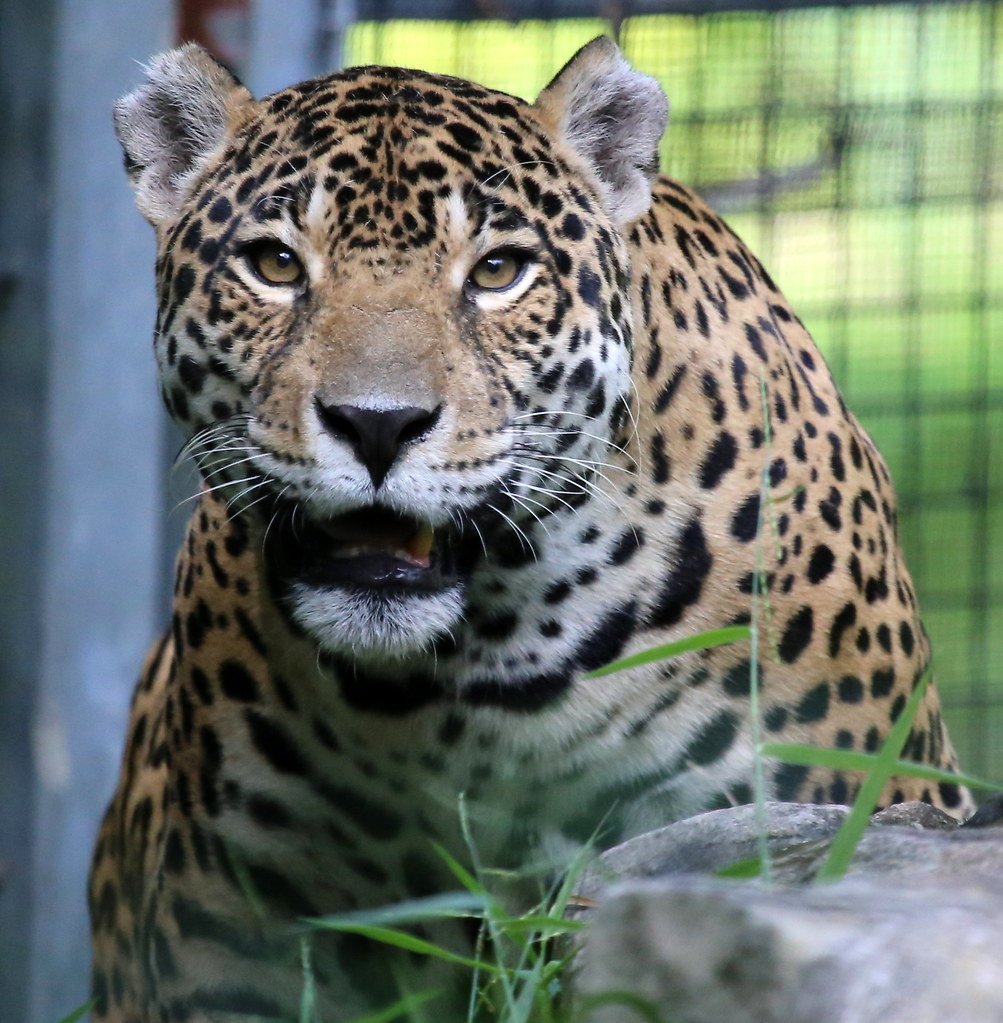
Think all big cats hate water? Think again. Jaguars are swimming ninjas who hunt caimans, fish, and even anacondas in South American rivers. Unlike other big cats that go straight for the throat, jaguars deliver a crushing bite directly to the skull, piercing through bone with jaws that pack 1,500 pounds of pressure per square inch. They’re so confident in water that they’ll dive completely under to ambush unsuspecting prey from below. A jaguar can hold its breath for up to 15 minutes while stalking underwater prey. Their rosette-patterned coat provides perfect camouflage among dappled sunlight filtering through jungle canopy and water surface.
The Leopard: Master of Vertical Hunting
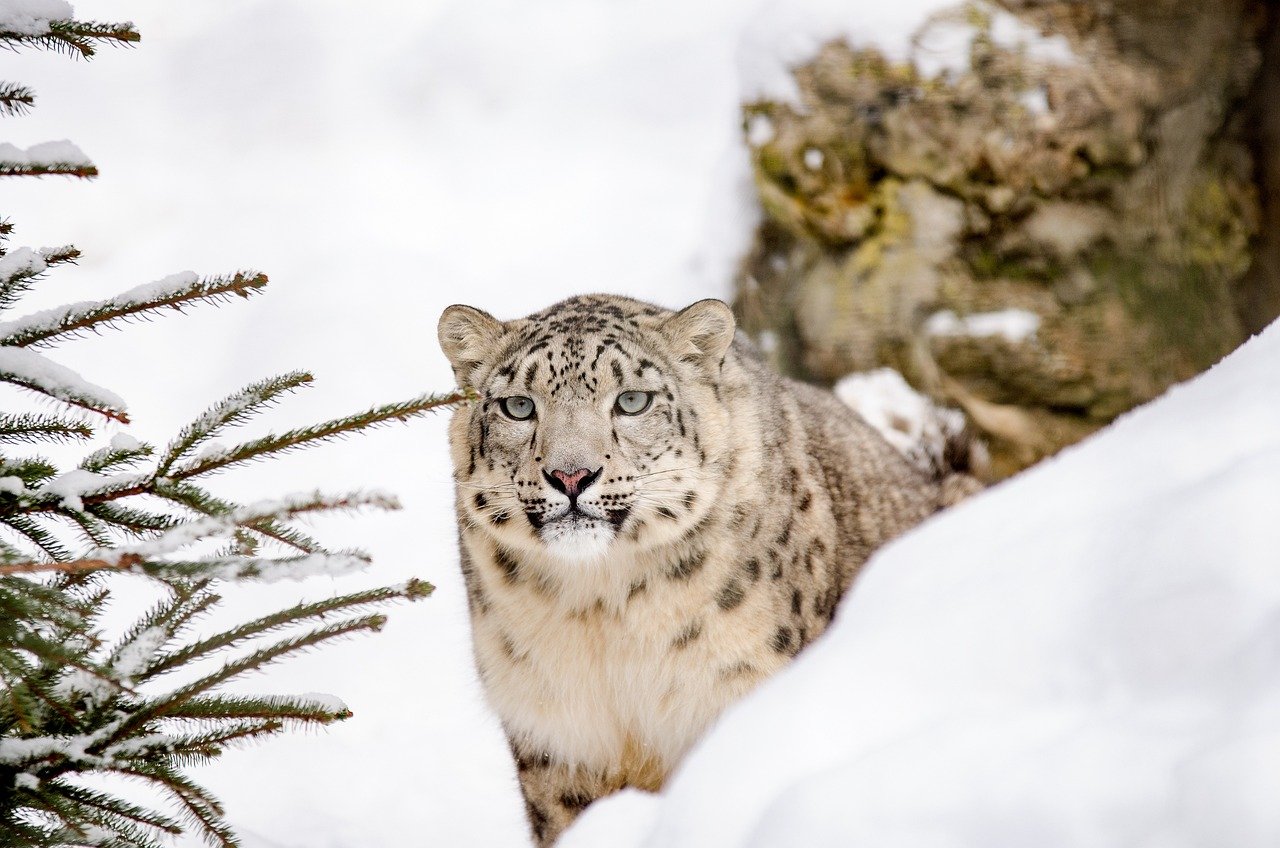
Leopards turn trees into their personal hunting grounds, storing kills 20 feet up in branches to keep them safe from scavengers. These spotted acrobats can carry prey twice their body weight straight up a vertical tree trunk without breaking stride. What’s mind-blowing is their ability to hunt in complete darkness using whiskers so sensitive they can detect the slightest air movement from prey breathing. A leopard’s night vision is seven times better than humans, making them practically unstoppable after sunset. They’re so stealthy that researchers often struggle to track them even with GPS collars and camera traps.
The Tiger: Silent Giant

At 660 pounds, you’d expect tigers to sound like freight trains crashing through the jungle. Instead, they move with supernatural silence, their massive paws equipped with retractable claws that never touch the ground while stalking. Tigers can approach within 10 feet of prey without making a single sound, thanks to specialized toe pads that absorb impact. Their orange and black stripes create optical illusions in tall grass, making them virtually invisible even in broad daylight. A tiger’s ambush success rate is nearly 50 percent higher than most other big cats because they wait for the perfect moment before striking with devastating force.
The Puma: High-Altitude Hunter
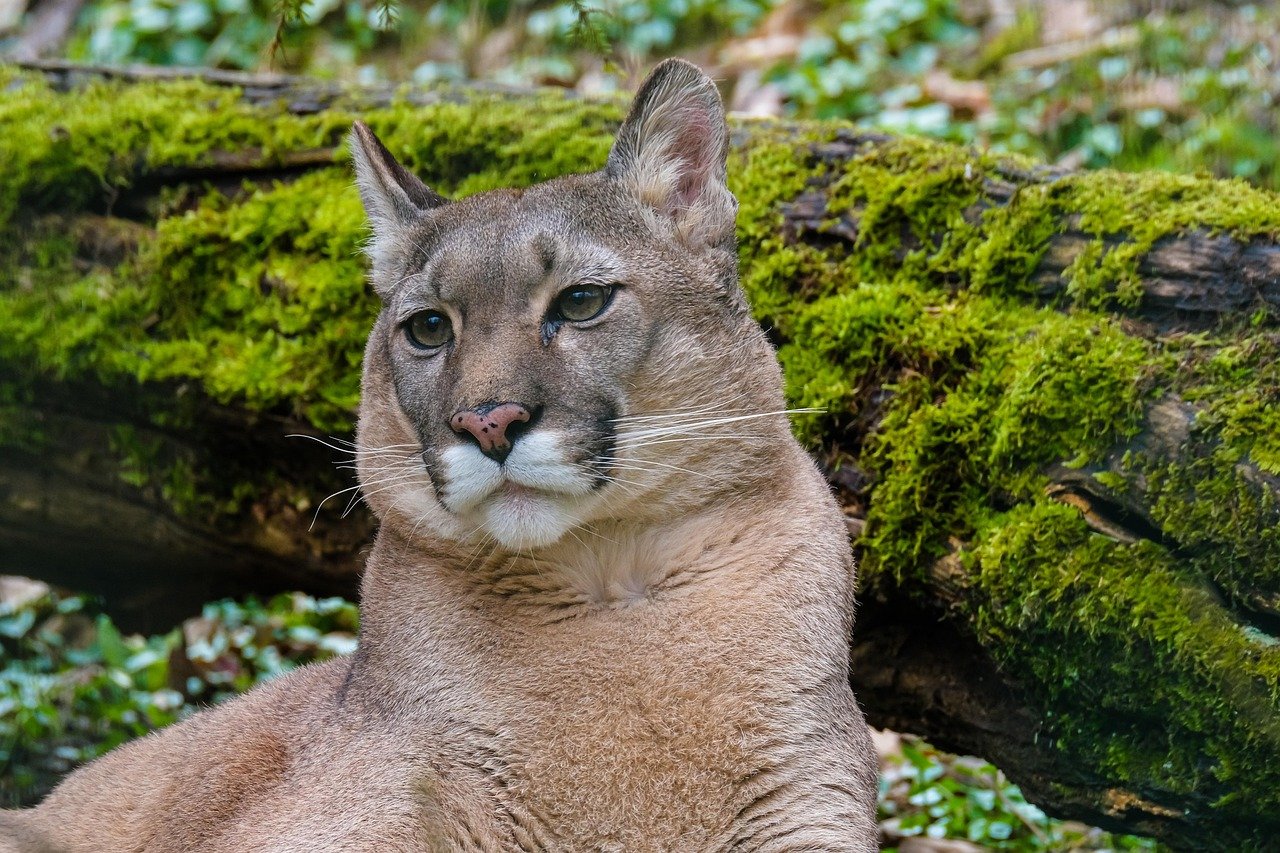
Pumas hold the record for the largest hunting territory of any wild land animal, patrolling areas up to 300 square miles in search of prey. These tawny cats are altitude specialists, hunting everything from sea level to 18,000 feet in the Andes Mountains with equal skill. A puma can leap 18 feet vertically and 45 feet horizontally, making them incredible ambush predators on rocky terrain. They’re so adaptable that they successfully hunt in deserts, rainforests, and snowy mountains using completely different techniques for each environment. What’s remarkable is their ability to take down elk and deer five times their size through precision neck bites that sever the spinal cord instantly.
The Lynx: Arctic Precision Machine
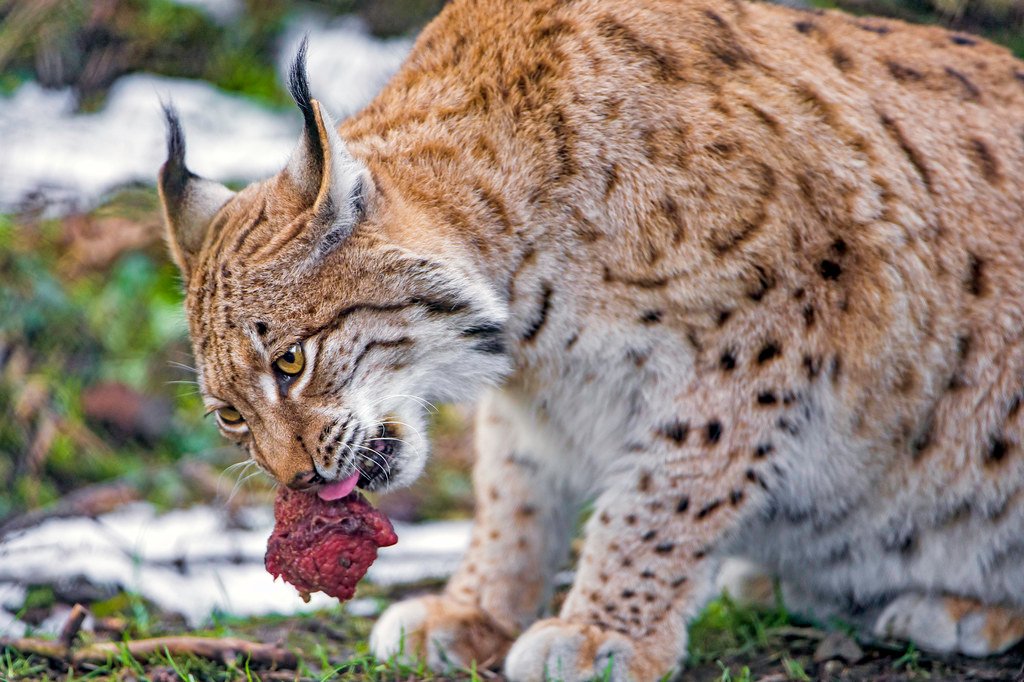
With paws the size of tennis rackets and ear tufts that work like satellite dishes, lynx are perfectly engineered for hunting in deep snow. These medium-sized cats can detect a mouse moving under two feet of snow from 75 feet away using their incredible hearing. Their oversized feet distribute weight so efficiently they can walk on powder snow that would swallow most other predators. Lynx specialize in hunting snowshoe hares with such precision that their population cycles are directly linked to hare abundance. During peak hunting season, a single lynx can catch and consume up to 200 hares, storing excess kills in snow caches for later consumption.
The Ocelot: Rainforest Phantom
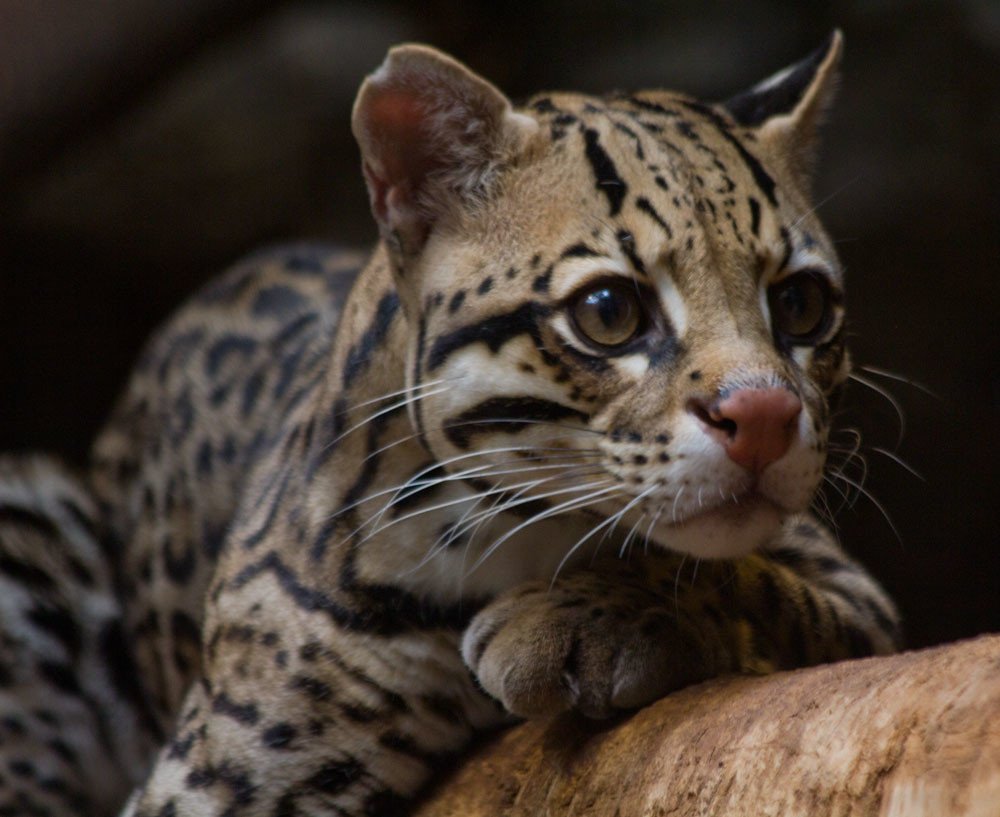
Ocelots are living proof that size doesn’t matter when it comes to hunting prowess. These 35-pound spotted cats have a prey success rate that rivals much larger predators, thanks to their incredible agility and stealth skills. They can rotate their ankles 180 degrees, allowing them to climb down trees headfirst like furry ninjas. Ocelots hunt both day and night, switching between arboreal and terrestrial techniques depending on prey availability. Their distinctive coat patterns are so unique that no two ocelots have identical markings, making each individual a one-of-a-kind stealth artist. What’s fascinating is their ability to catch fish, frogs, birds, and mammals with equal expertise, adapting their hunting style to whatever prey is most abundant.
The Cheetah: Speed Meets Strategy
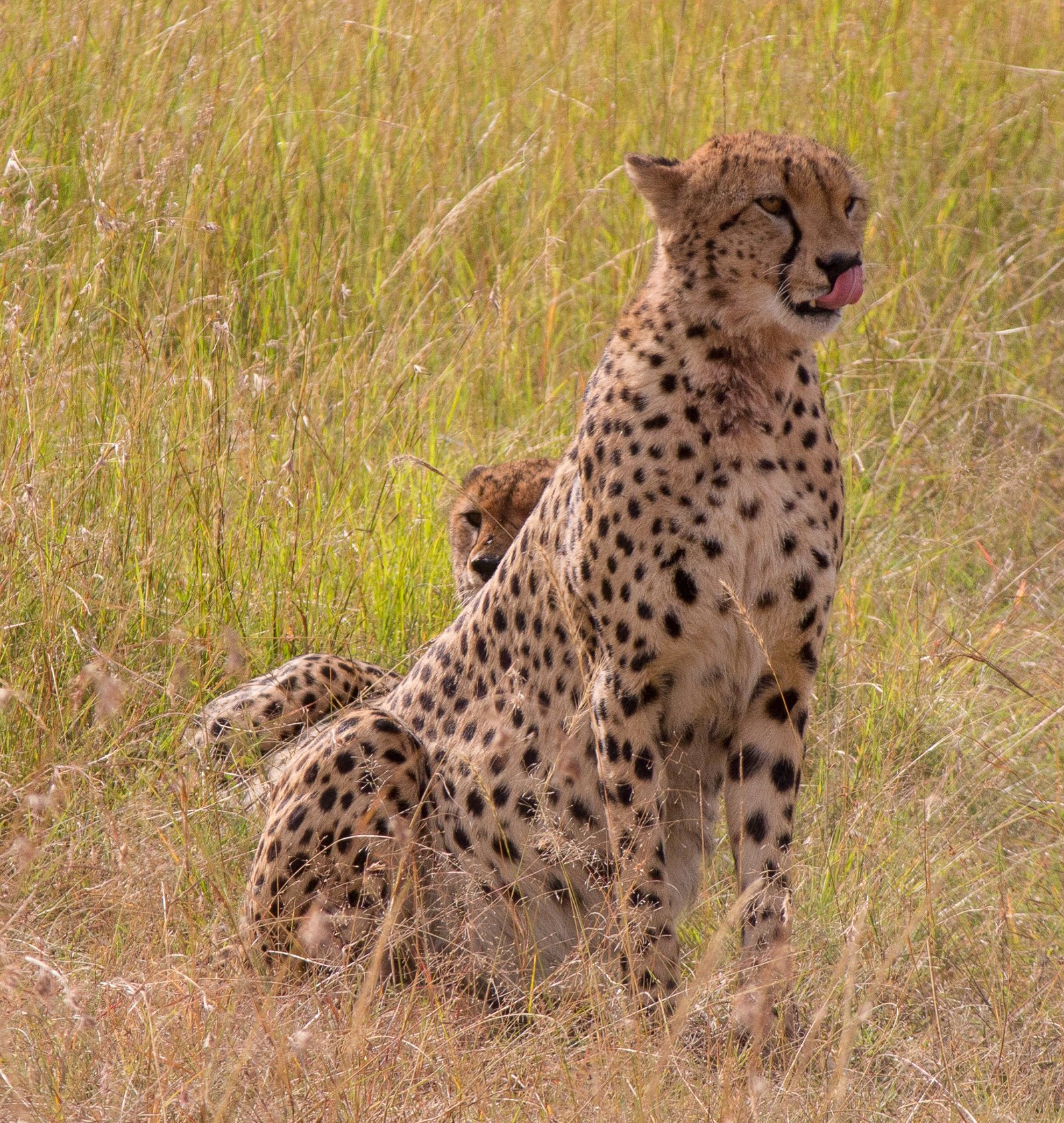
Everyone knows cheetahs are fast, but most people miss their incredible hunting intelligence and surgical precision. These spotted speedsters don’t just rely on raw speed – they use complex stalking strategies, approaching prey from downwind and using terrain features for cover. A cheetah’s acceleration from 0 to 60 mph in just three seconds creates G-forces that would knock most animals unconscious. Their flexible spine works like a coiled spring, extending and contracting with each stride to maximize efficiency. What makes them true stealth masters is their ability to maintain visual contact with prey while remaining completely hidden until the final sprint. During the chase, they can make sharp turns at full speed that would send cars flying off the road.
The Serval: Grassland Sniper
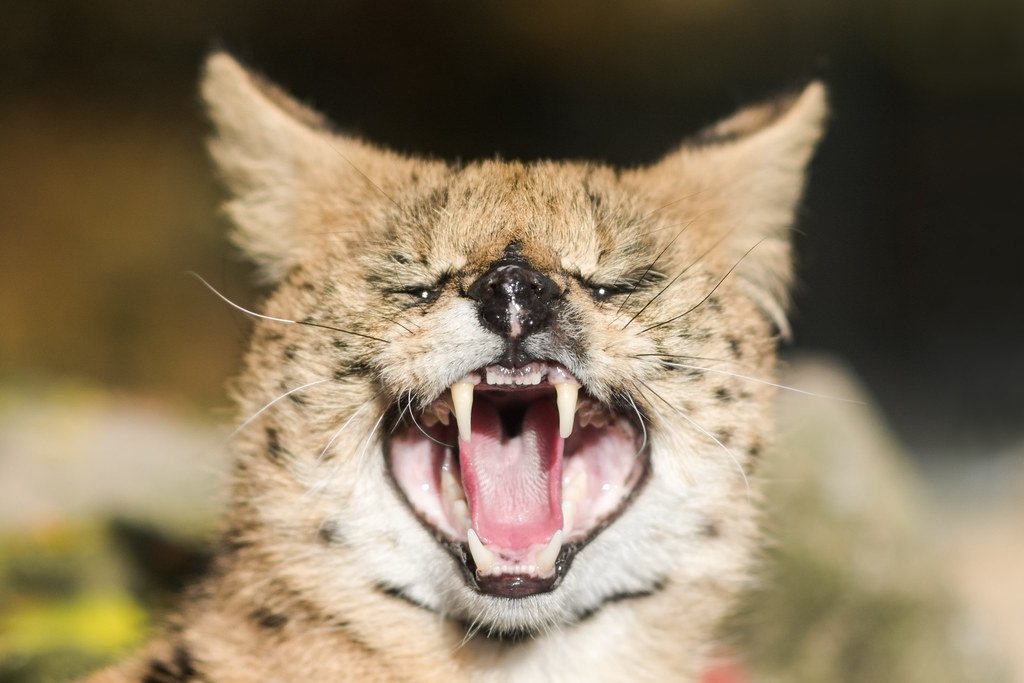
With legs longer than any other cat relative to body size, servals are like four-legged pogo sticks designed for precision hunting in tall African grasslands. These golden cats can leap 10 feet straight up from a standing position to snatch birds right out of the air. Their enormous ears can detect rodents moving through grass from incredible distances, allowing them to pounce with pinpoint accuracy on prey they can’t even see. Servals have a 50 percent hunting success rate, which is remarkably high for any predator. They use a unique hunting technique called “mousing,” where they stand motionless for minutes before delivering a lightning-fast vertical pounce that crushes prey instantly.
The Caracal: Desert Acrobat
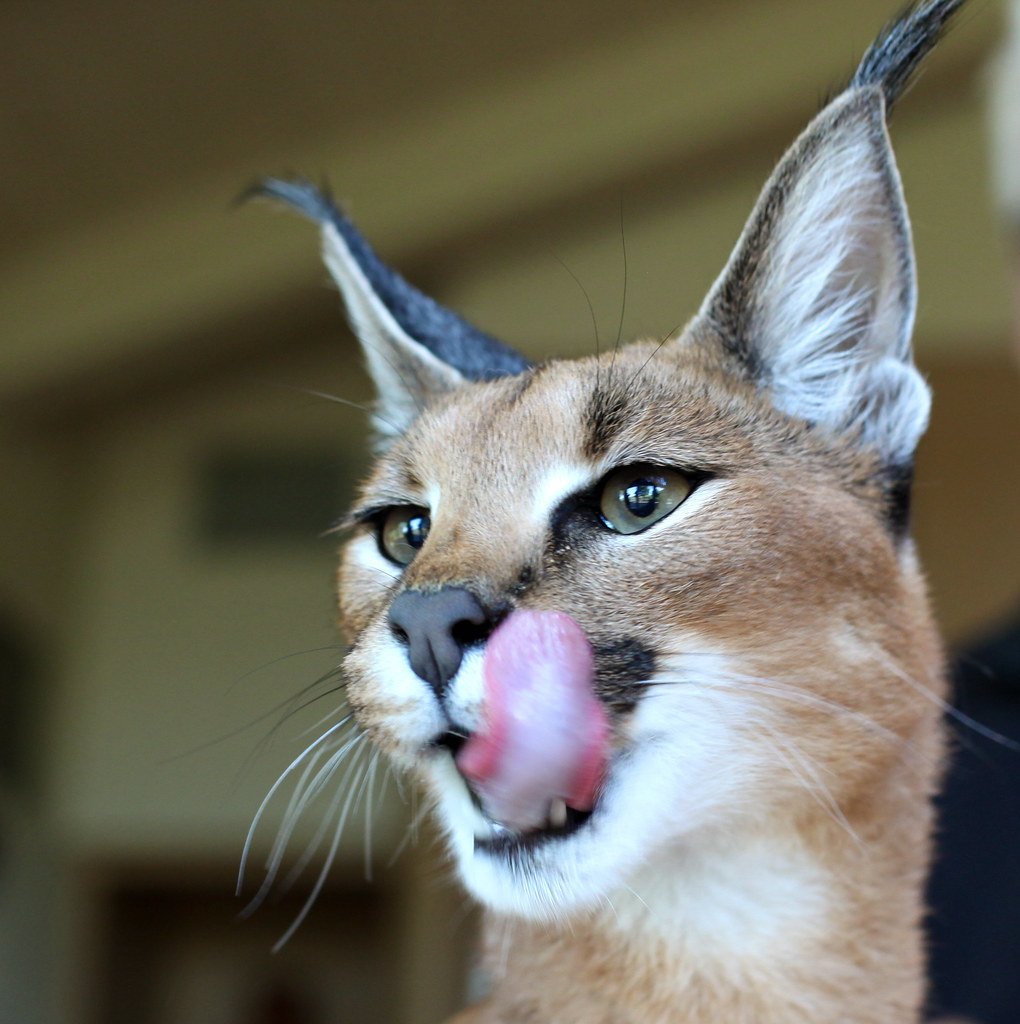
Caracals are the gymnasts of the cat world, capable of snatching birds mid-flight with acrobatic leaps that defy gravity. These tufted-ear hunters can jump 12 feet high and catch multiple birds in a single leap, spinning in mid-air to adjust their trajectory. Living in harsh desert environments has made them incredibly efficient hunters who rarely waste energy on unsuccessful attacks. Their hunting success rate approaches 80 percent because they only strike when victory is virtually guaranteed. Caracals can survive without drinking water for extended periods, getting all necessary moisture from their prey. What’s most impressive is their ability to hunt in complete silence, stalking prey across sand dunes without making a sound.
Which of these surgical precision hunters surprised you the most with their incredible stealth abilities?
Hi, I’m Bola, a passionate writer and creative strategist with a knack for crafting compelling content that educates, inspires, and connects. Over the years, I’ve honed my skills across various writing fields, including content creation, copywriting, online course development, and video scriptwriting.
When I’m not at my desk, you’ll find me exploring new ideas, reading books, or brainstorming creative ways to solve challenges. I believe that words have the power to transform, and I’m here to help you leverage that power for success.
Thanks for stopping by, Keep coming to this website to checkout new articles form me. You’d always love it!






